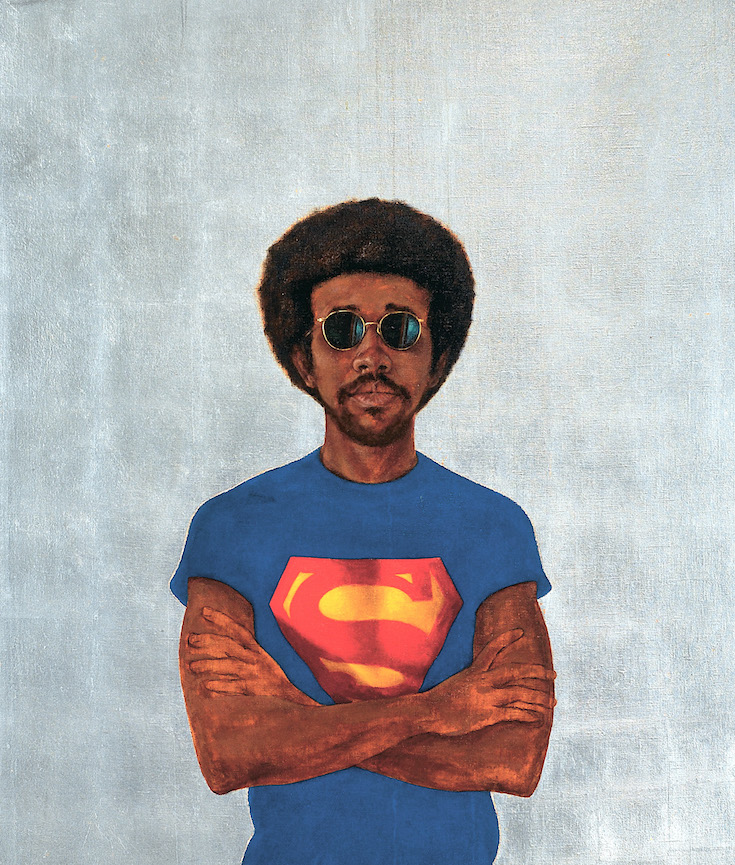[dropcap]The[/dropcap] work of black artists is too often hidden behind the plaster of whitewashed gallery walls. Things are improving, sure – most London galleries now trip over themselves to share the ‘percentage’ of artists of colour in their collection. But numbers don’t tell the story: big, blockbuster displays of diversity are what’s needed if we are to see any significant movement. Finally, the plates are shifting with ‘Soul of a Nation’, a sonorous and sensitively curated group show dedicated to African American artists, and the work they produced in the turbulent period between 1963 and 1983.
The voice of Martin Luther King greets you at the door, and leads you into the visual aftermath of his assassination. These are the creations of Spiral, a collective of African American artists formed at the pinnacle of the civil rights movement. Among them are the ritualistic collages of Romare Bearden, and haunting monochrome paint strokes of Norman Lewis. On the fringes, 1960s archive copies of the The Black Panther newspapers are preserved, framing the unapologetic political prints of Emory Douglas who said: ‘the ghetto itself is a gallery.’
[mc4wp_form id=”6042″]
 Did The Bear Sit Under A Tree | Benny Andrews
Did The Bear Sit Under A Tree | Benny Andrews
 Black Children Keep Your Spirits Free | Carolyn Mims
Black Children Keep Your Spirits Free | Carolyn Mims
 Icon for My Man Superman | Barkley L. Hendricks
Icon for My Man Superman | Barkley L. Hendricks
The Harlem Renaissance took place in Harlem, New York, spanning the 1920s. During the time, it was known as the “New Negro Movement”, named after the 1925 anthology by Alain Locke. The Movement also included the new African-American cultural expressions across the urban areas in the Northeast and Midwest United States affected by the African-American Great Migration, of which Harlem was the largest. The Harlem Renaissance was considered to be a rebirth of African-American arts. Though it was centered in the Harlem neighborhood of the borough of Manhattan in New York City, many francophone black writers from African and Caribbean colonies who lived in Paris were also influenced by the Harlem Renaissance.
The Harlem Renaissance is generally considered to have spanned from about 1918 until the mid-1930s. Many of its ideas lived on much longer. The zenith of this “flowering of Negro literature”, as James Weldon Johnson preferred to call the Harlem Renaissance, took place between 1924 (when Opportunity: A Journal of Negro Life hosted a party for black writers where many white publishers were in attendance) and 1929 (the year of the stock market crash and the beginning of the Great Depression) (Wikipedia).


You must be logged in to post a comment.